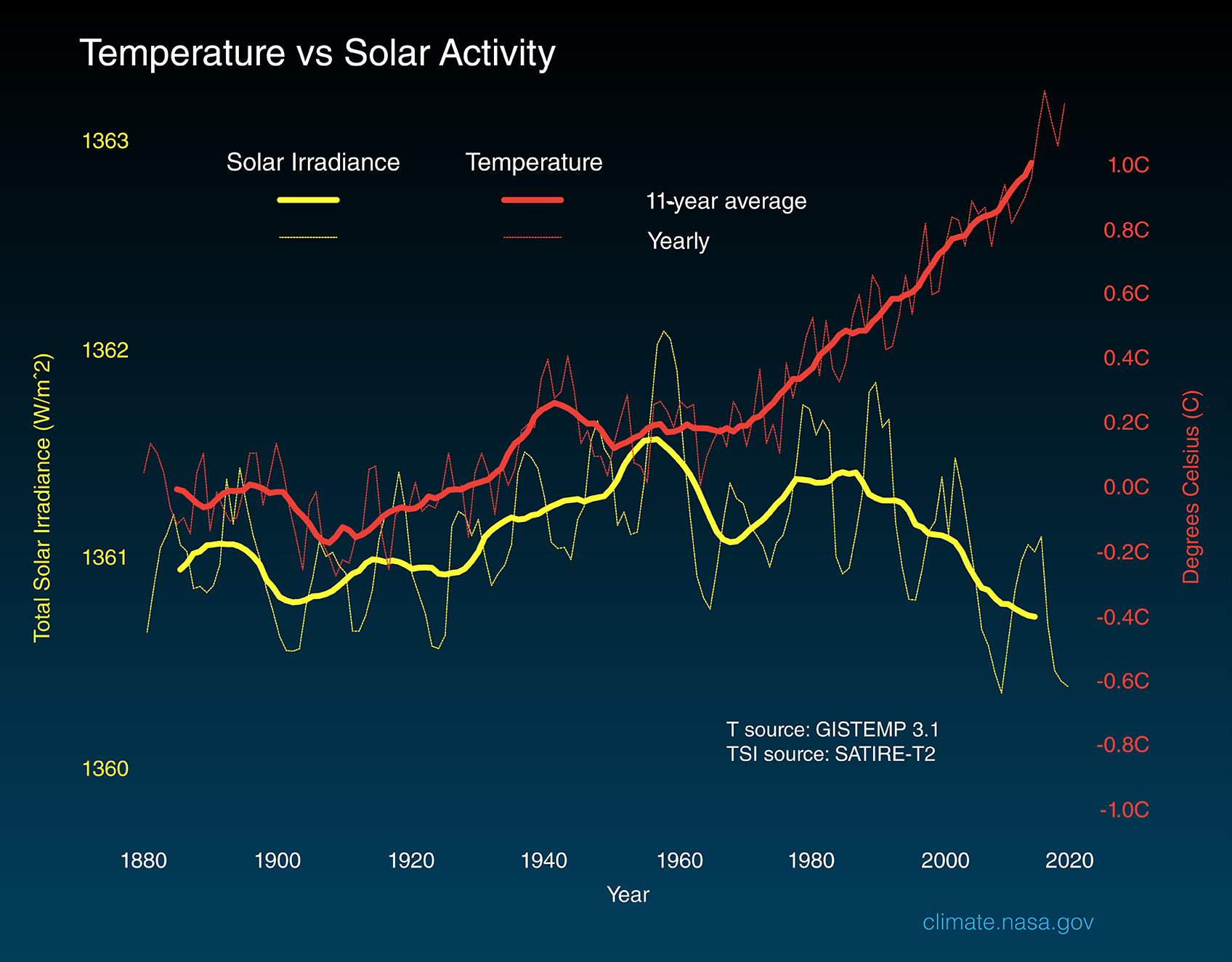There is a lot of bogus information contained in this post. Considering this information comes from a blog and not anything based on actual science, that shouldn't be surprising.
During the Ordovician Ice-Age 85% of marine species went extinct as mean surface temperatures dropped by between 8°C and 10°C. Atmospheric CO2 was also between 8 to 12 times higher than today, averaging 4,500 ppmV.
The Carboniferous period did indeed sequester away a great deal of CO2. Beginning in the Devonian and continuing through the Carboniferous atmospheric CO2 dropped from being over 4,000 ppmV to under 500 ppmV by the beginning of the Permian 300 million years ago. However, that was about to change when the Carboniferous/Permian ice-age came to an end 270 million years ago. As a result of the formation of Pangaea the largest desert the planet has ever known was formed and surface temperatures began to skyrocket.
Between 270 and 250 million years ago mean surface temperatures ranged as high as between 35°C and 40°C with atmospheric CO2 ranging between 250 and 350 ppmV (much lower than today). Approximately 96% of all marine life (not 81%), and 70% of all terrestrial life disappeared during this period. It was also not just one mass extinction event, but rather three spaced approximately 10 million years apart between 270 and 250 million years ago.
What actually saved life on this planet was the eruption of the Siberian Traps. Which occurred 248 million years ago, not 252 million years ago. As already pointed out in this thread, volcanic activity has always lowered mean surface temperatures on the planet, and has never increased them. Because of the erruption of the Siberian Traps temperatures began returning back to normal and atmospheric CO2 began increasing again. By the beginning of the Triassic the atmospheric CO2 levels were back up to between 1,000 and 1,200 ppmV and mean surface temperatures had dropped back down to ~24°C, as Pangaea began to break up.
There is also no evidence of ocean acidification or anoxic oceans 250 million years ago. A 2013 study demonstrated that the oceans had plenty of oxygen and were not acidic.
Sources:
Rapid Eruption of the Siberian Traps Flood Basalts at the Permo-Triassic Boundary - Science, Volume 253, Issue 5016, pp. 176-179, 12 July 1991 (
free preprint)
Molybdenum isotopic evidence for oxic marine conditions during the latest Permian extinction - Geology, Volume 41, Number 9, 1 September 2013
Benchley, Peter J & DAT Harper (1998),
Palaeoecology: Ecosystems, Environments and Evolution. Chapman & Hall, ISBN-10: 0412434504, ISBN-13: 978-0412434501.
Ward, Peter D (2002),
Rivers in Time, Columbia University Press, ISBN-10: 0231118635, ISBN-13: 978-0231118637
Next time try reading the actual science instead of some blog by an ignorant fool pushing an agenda.




